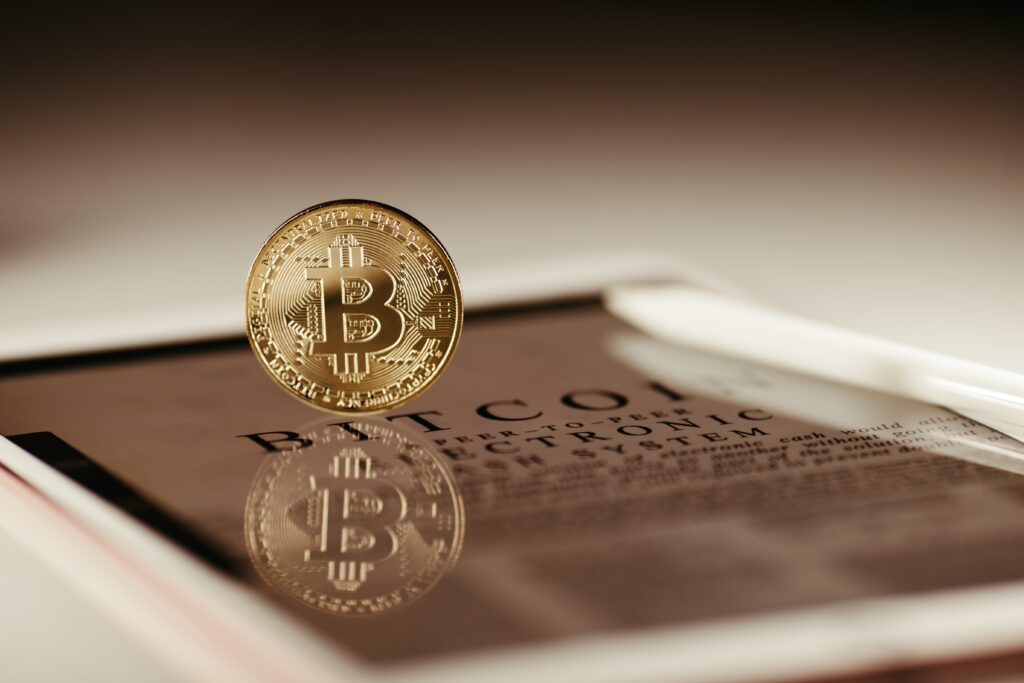What are NFT's and how do they work?

NFTs are digital assets that represent ownership of a unique item or piece of content. They are stored on a decentralized, secure digital ledger called a blockchain, which verifies authenticity and ownership.
A blockchain is a digital record of transactions distributed across a network of computers. Each transaction is recorded in a block, which is added to the chain of previous transactions. This makes it nearly impossible to alter or tamper with any single transaction, as the entire chain would have to be altered for the change to be reflected.
NFTs are created using smart contracts, self-executing contracts with terms written in code. When an NFT is created, it gets a unique identifier and the ownership information is recorded on the blockchain. This allows for easy verification of authenticity and ownership.
NFTs can represent a wide range of digital assets, including art, music, videos, and even tweets. They are becoming increasingly popular for authenticating and selling digital assets because they provide a secure and verifiable way to confirm ownership.
The Benefits of using NFT'S
NFTs have many benefits that make them popular for representing and selling digital assets. Main benefits include:
Verifiable ownership: NFTs provide a way to authenticate and verify ownership of digital assets. This is especially useful in the art world, where it has been hard to confirm the authenticity of digital art. By using NFTs, artists can sell their digital art as one-of-a-kind, verified pieces, rather than unlimited copies that can be easily reproduced and shared online.
Security and immutability: NFTs are stored on a decentralized, secure digital ledger called a blockchain. This makes it nearly impossible for any single transaction to be altered or tampered with, as the entire chain would have to be altered for the change to be reflected. This provides a level of security and immutability that is not possible with traditional digital asset ownership methods.
Potential for increased value: As the use of NFTs becomes more widespread, the value of NFT-represented assets may increase. This is because of the limited nature of NFTs and their verified ownership and authenticity.
Potential for wider adoption: NFTs are not just for the art world. They can represent a wide range of digital assets, including music, videos, and even tweets. As the technology becomes more widespread, we can expect to see NFTs used in creative and innovative ways.
Overall, the use of NFTs provides a secure and verifiable way to confirm ownership and authenticity of digital assets. This has the potential to increase the value of these assets and lead to wider adoption of the technology.


The potential of NFT's beyond the art world
NFTs have gained attention in the art world, but their potential extends beyond this industry. They can represent ownership of physical assets like real estate or collectibles, providing a secure and verifiable way to confirm ownership and transfer ownership. NFTs can also monetize online content like social media posts or articles, providing a new revenue stream for content creators and giving them more control over distribution and monetization. NFTs could also represent in-game items or achievements in the gaming industry, providing a new way for gamers to own and trade virtual items and potentially leading to new types of games and gaming experiences. NFTs could also track the movement of physical goods through the supply chain, providing a more efficient and transparent way to track origin and movement of goods and benefiting businesses and consumers. As the technology becomes more widespread, we will likely see NFTs used in creative and innovative ways.

The Potential risks of NFT's
NFTs have many benefits, but it is important to be aware of their potential risks and challenges. Some main risks include fraud or scams, as NFTs can easily be reproduced and sold as authentic. To reduce the risk of being scammed, do research and only buy from reputable sellers. The value of NFTs is largely based on speculation, so it can fluctuate significantly. This makes it hard to predict the value of an NFT over time. Be prepared for the possibility that the value of your NFT may decrease. The use of NFTs is still new and currently lacks regulation. This can make it hard for buyers to protect their interests and may increase the risk of fraud or scams. NFTs can also be complex and may require some technical knowledge to understand and use. This can be a barrier for people interested in NFTs but not familiar with blockchain technology. To ensure a positive experience, be aware of the risks and challenges of NFTs and do thorough research before purchasing or using them.

The future of NFT's
The future of NFTs is uncertain, but they have the potential to revolutionize digital ownership and authenticity. As the technology becomes more widespread, we will likely see them used in creative and innovative ways. For example:
In the gaming industry, NFTs could represent in-game items or achievements and provide a new way for gamers to own and trade virtual items. This could lead to new types of games and gaming experiences that use NFTs.
In the representation of physical assets, such as real estate or collectibles, NFTs could provide a secure and verifiable way to confirm ownership and transfer ownership. This could increase adoption of the technology.
For online content monetization, such as social media posts or articles, NFTs could provide a new revenue stream for content creators and give them more control over distribution and monetization.
The future of NFTs is exciting and full of potential. As the technology becomes more widespread, we will see them used in creative and innovative ways.



